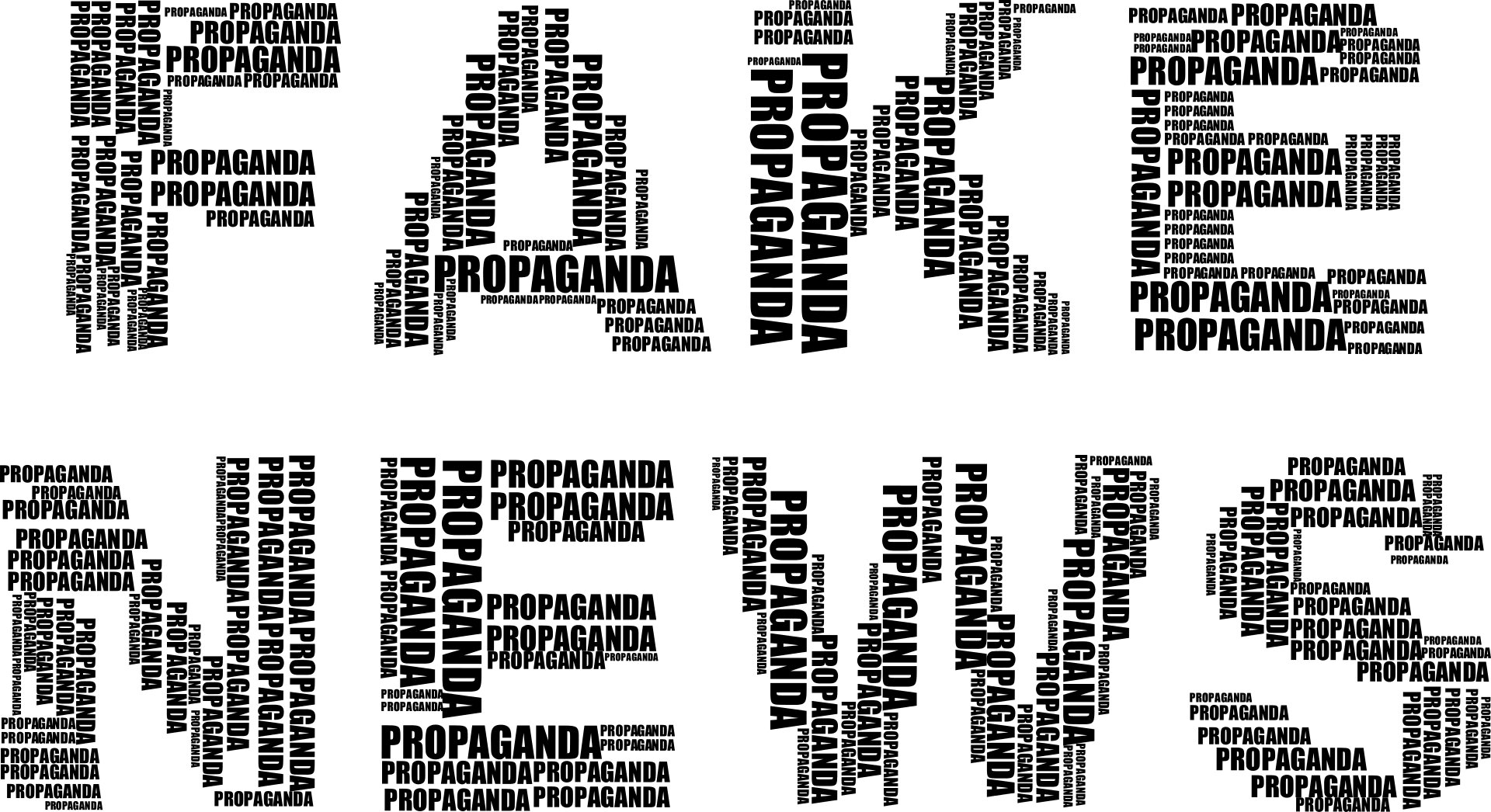
The rapid technological advancements of our world have been enabled by our capacity to design and fabricate ever smaller electronic chips. These underpin computers, mobile phones and every smart device deployed to date.
One of the many challenges is that electronic components generate increasingly more heat as they are miniaturized. A significant issue lies in making the wires which connect the transistors on the chip thinner while ensuring that the minimum amount of heat is released.
These interconnects are typically made from copper, and as we start to scale them down to nano-scale thicknesses, their electrical resistance increases rapidly because the electrons moving along the wires have a higher probability of colliding into the surface of th...
Read More









Recent Comments